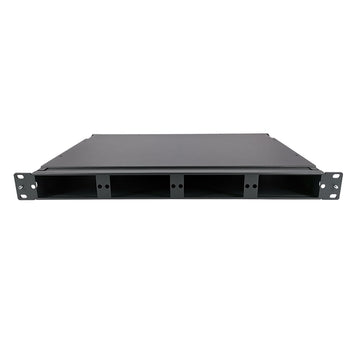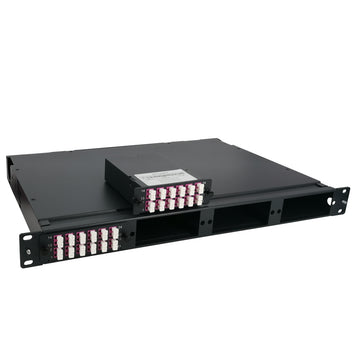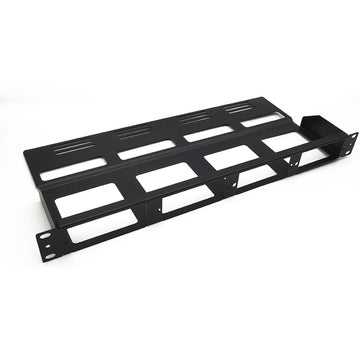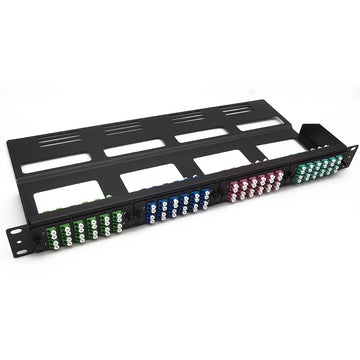SFP+ vs. QSFP28: What Are the Differences?
SFP+ vs. QSFP28: What Are the Differences?
Most people are familiar with SFP or SFP+ optics, the stand-alone devices that are connected to switches or network equipment on a daily basis. Do you also have working knowledge of SFP+, QSFP28 optics? What is the main difference between them? It is normal for optical modules to be dazzling and dazzling. This article will compare SFP+ and QSFP28 respectively and discuss their differences and applications.
What is an SFP+ Transceiver?
Compared to SFP transceivers, SFP+ transceivers are a more advanced version of the technology. SFP+ transceivers are most typically offered at 8Gbps, 10Gbps, or 16Gbps. They have the exact dimensions of SFPs, making it simple to integrate them into existing infrastructure. SFP+ transceiver is one of the most popular data center cabling applications.
What is a QSFP28 Transceiver?
QSFP28 is an abbreviation for quad small form-factor pluggable 28. The QSFP28 transceiver is intended for use with 100 Gigabit Ethernet, EDR InfiniBand, or 32G Fibre Channel networks. The QSFP28 100G transceiver has four high-speed differential signal channels with data rates ranging from 25 Gbps to 40 Gbps. In the 100G optics market, QSFP28 transceivers are more popular than CFP, CFP2, and CFP4 form factors.
SFP+ vs. QSFP28: What is the difference?
SFP+ is primarily associated with 10G connections, while QSFP28 is usually associated with 100G connections. SFP+ ports can accept SFP fiber, but at a reduced speed of 1 Gbit/s. QSFP28, which supports four independent lanes with data rates ranging from 25 Gb/s to potentially 40 Gb/s.
| FORMS | STANDARD | DATA RATE | WAVELENGTH | FIBER TYPE | MAX DISTANCE | TYPICAL CONNECTOR | DOM | SIZE | POWER CONSUMPTION | APPLICATION |
| SFP+ | SFP+ MSA | 8.5G 10G |
850nm | OM3 OM4 SMF |
120km | LC RJ-45 |
Yes | Similar to SFP | Slightly bigger than SFP | Ethernet Fiber Channel CPRI Datacenter |
| 1310nm | ||||||||||
| 1550nm | ||||||||||
| CWDM | ||||||||||
| DWDM | ||||||||||
| BiDi | ||||||||||
| Copper | ||||||||||
| QSFP28 | IEEE 802.3bm | 100G 112G |
850nm | OM3 OM4 SMF |
80km | MTP/MPO-12 | Yes | Similar to QSFP+ | Max 6W | Datacenter Cloud computing |
| QSFP28 MSA | 1310nm | |||||||||
| SFF-8665 | CWDM4 | |||||||||
| SFF-8636 |
Conclusion
The transceiver module is one of the most critical components in a high-performance network. Clearly, the main driver for the development of optical transceivers is the need to achieve higher bandwidth rates in a smaller form factor. In modern, dense networks, a small form factor has always been a necessity.
High-performance data network scenarios require the development of high-density, cost-effective, and low-power optical modules to improve performance. After a clear understanding of them, you must also consider your network traffic, transmission distance, and future-proof network requirements to ensure Correct choice.














